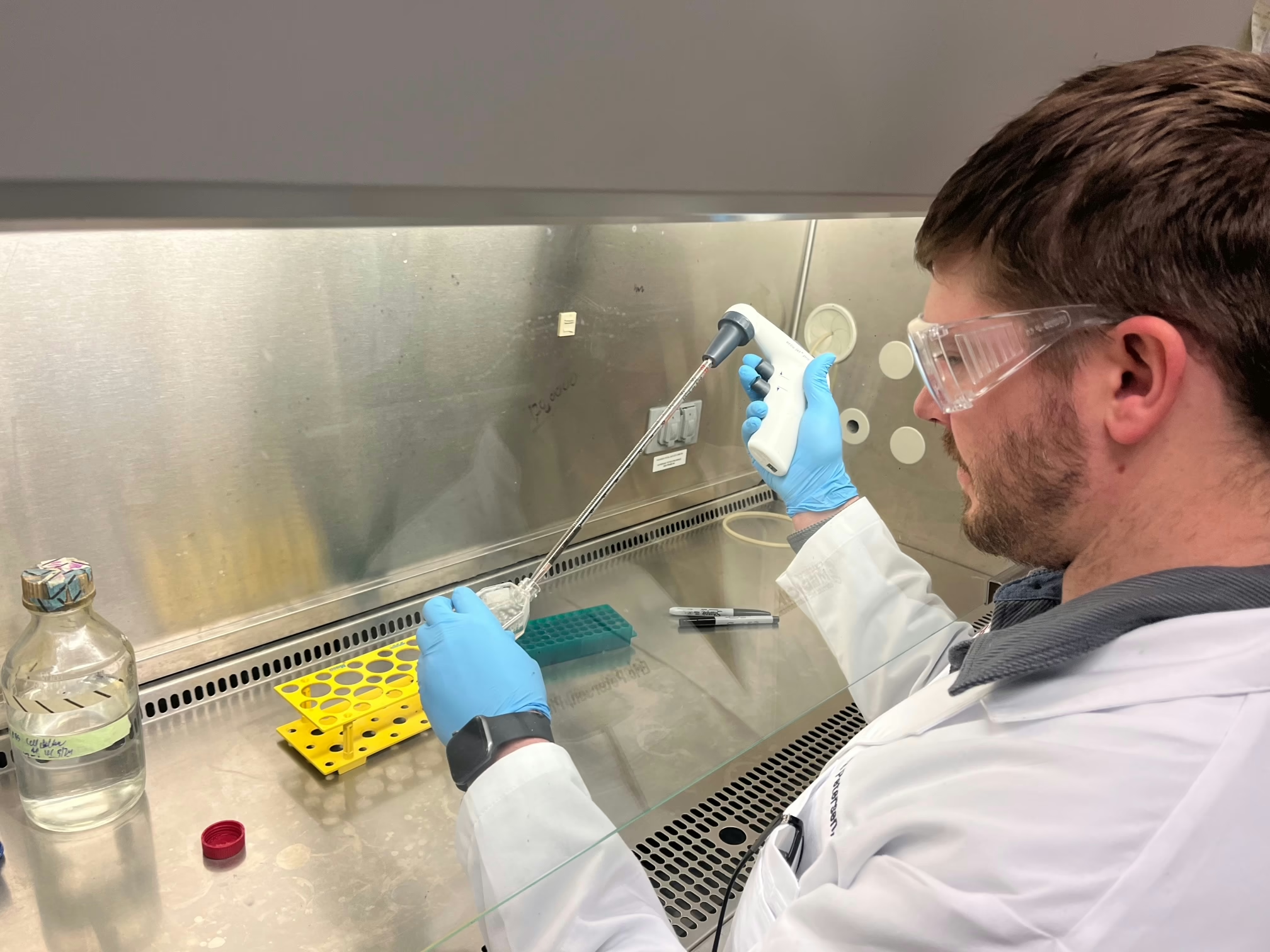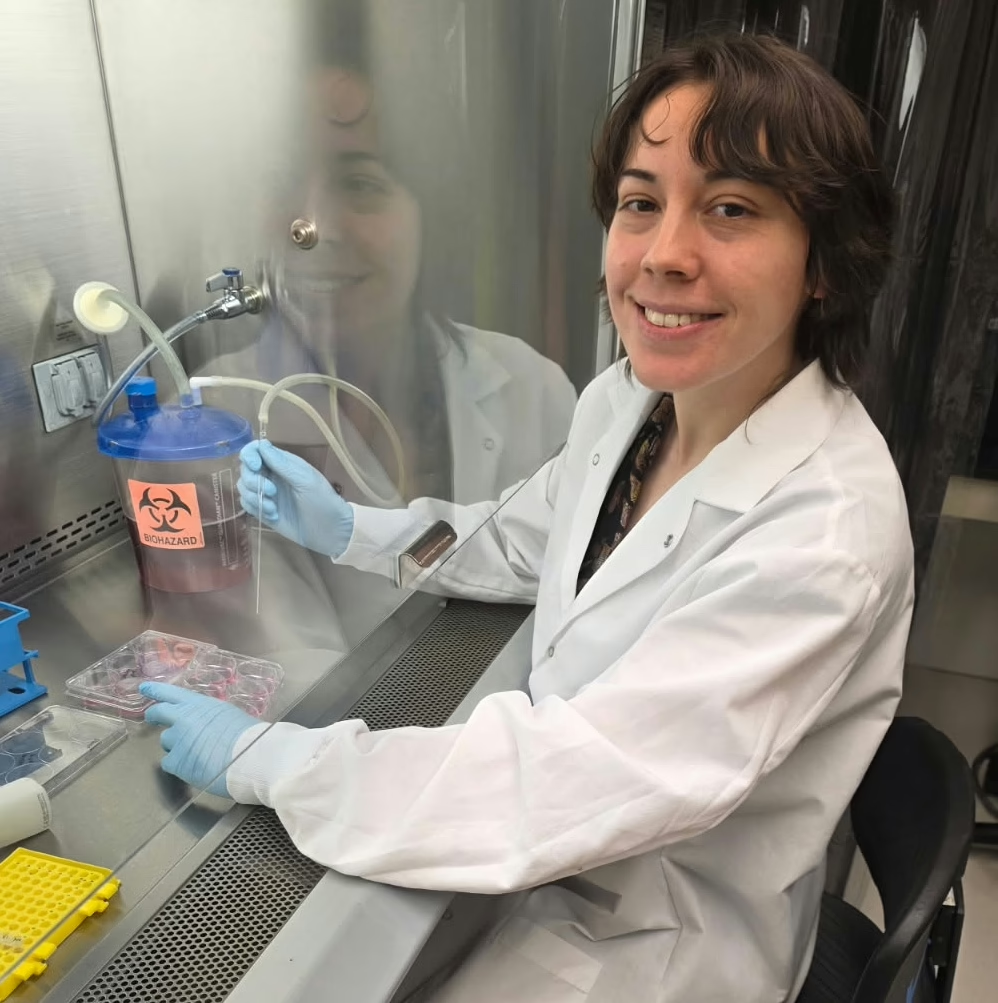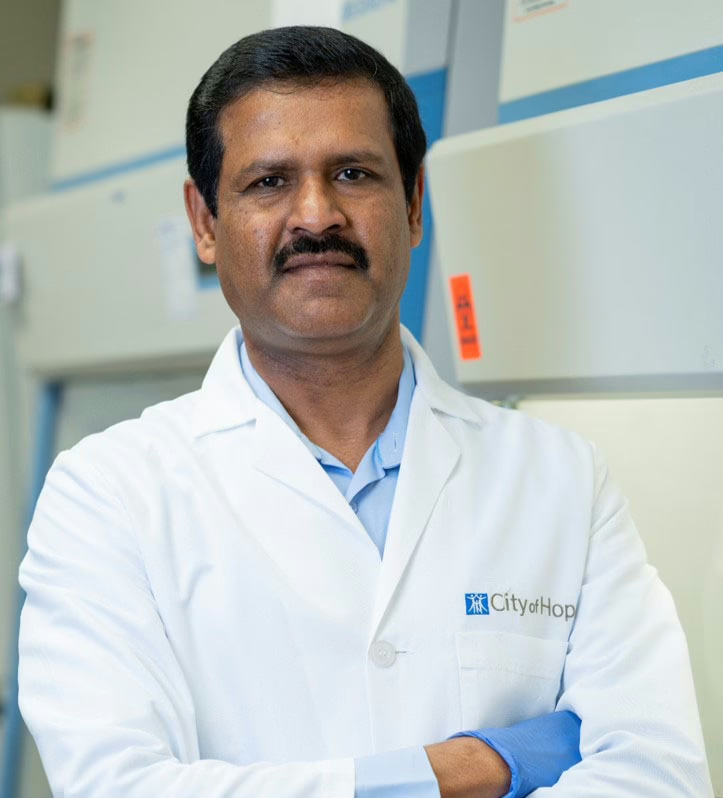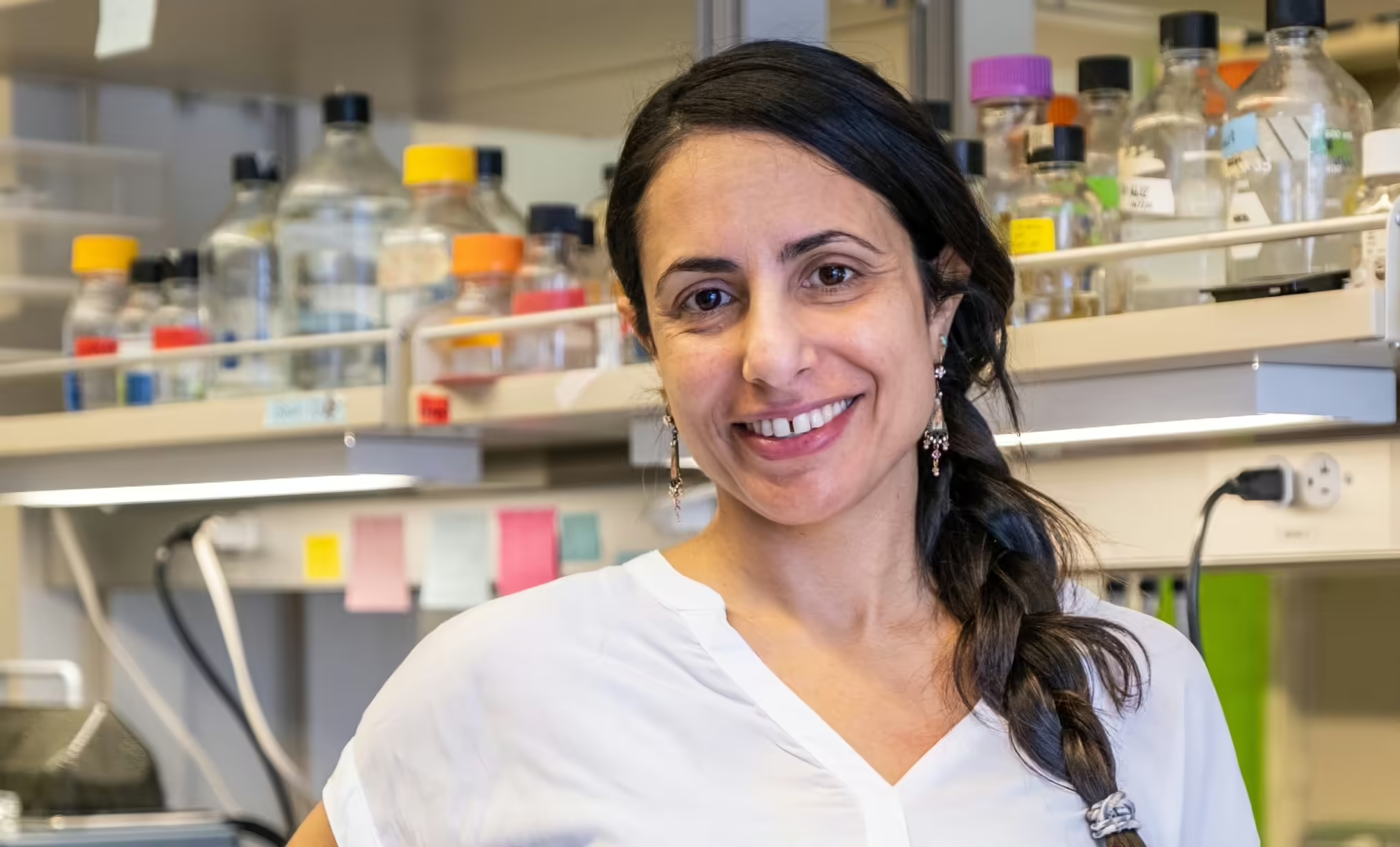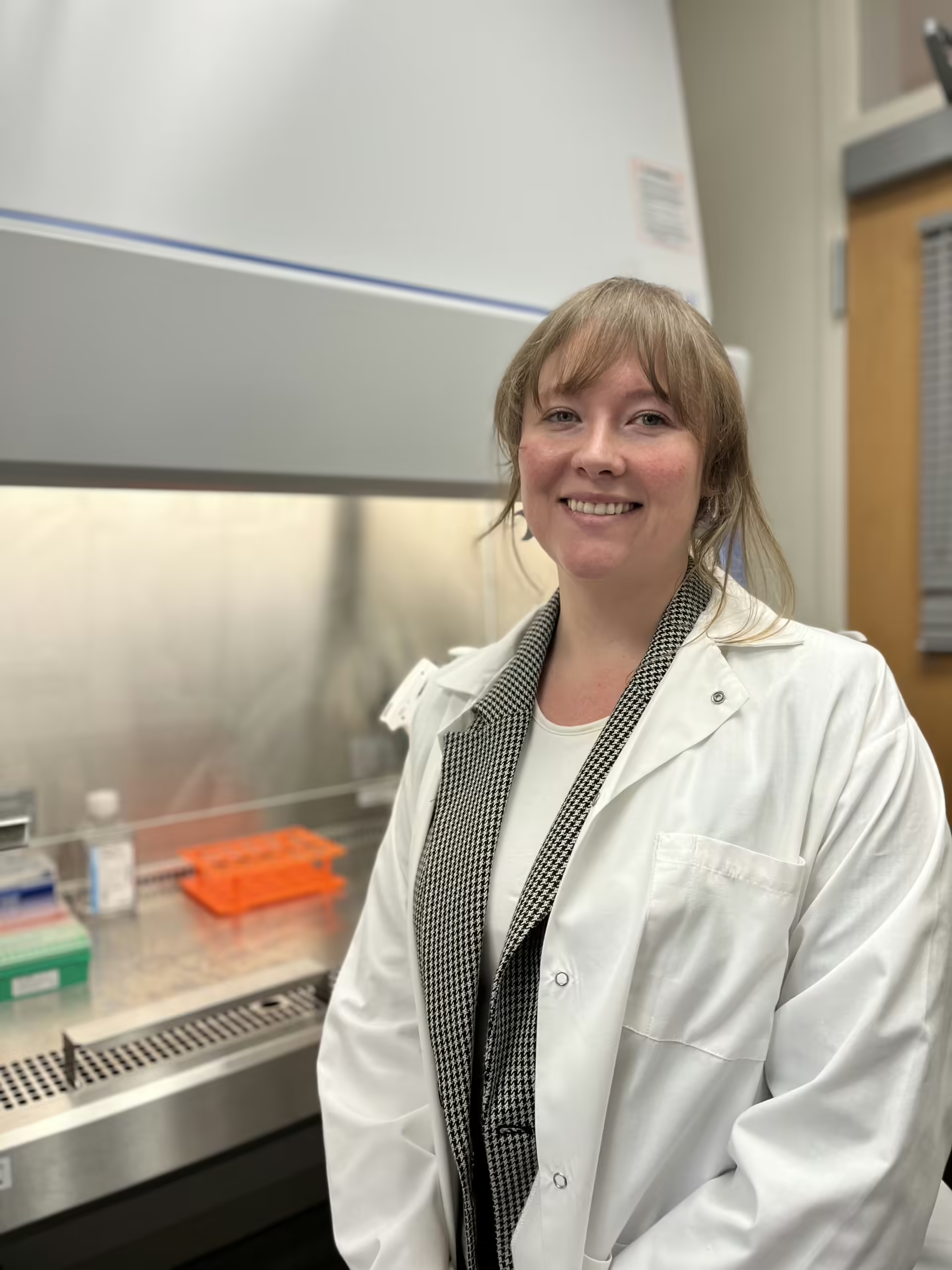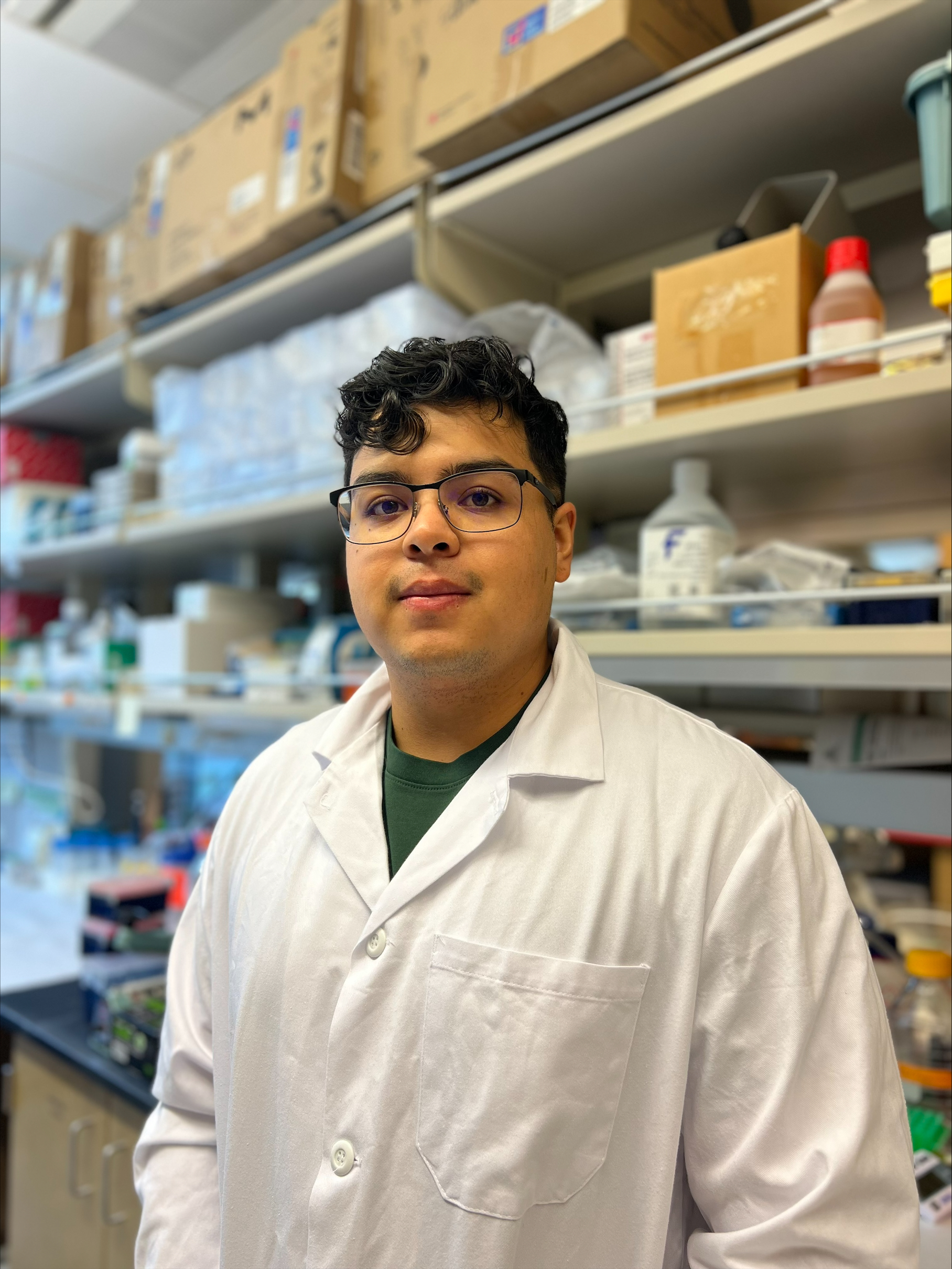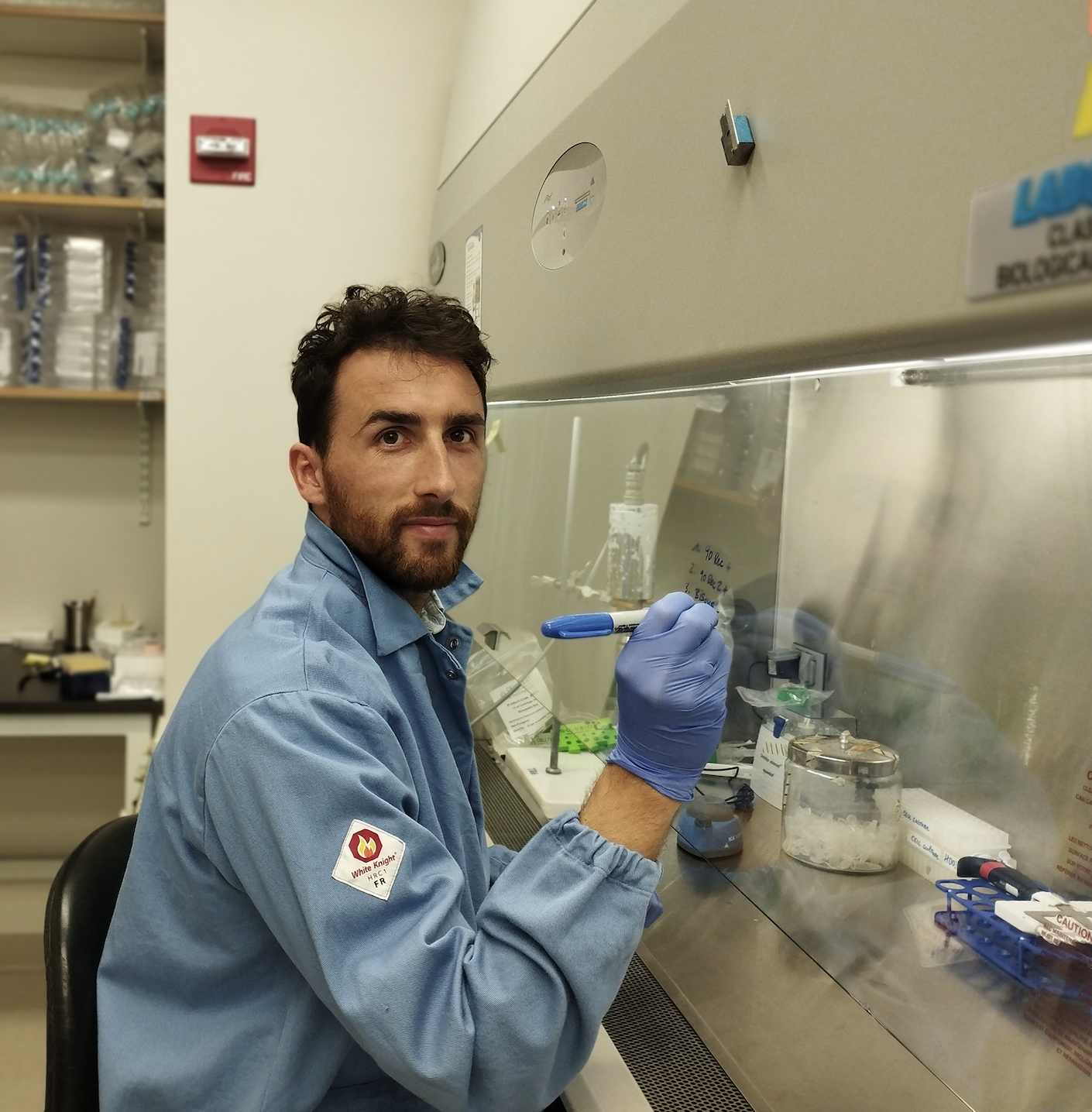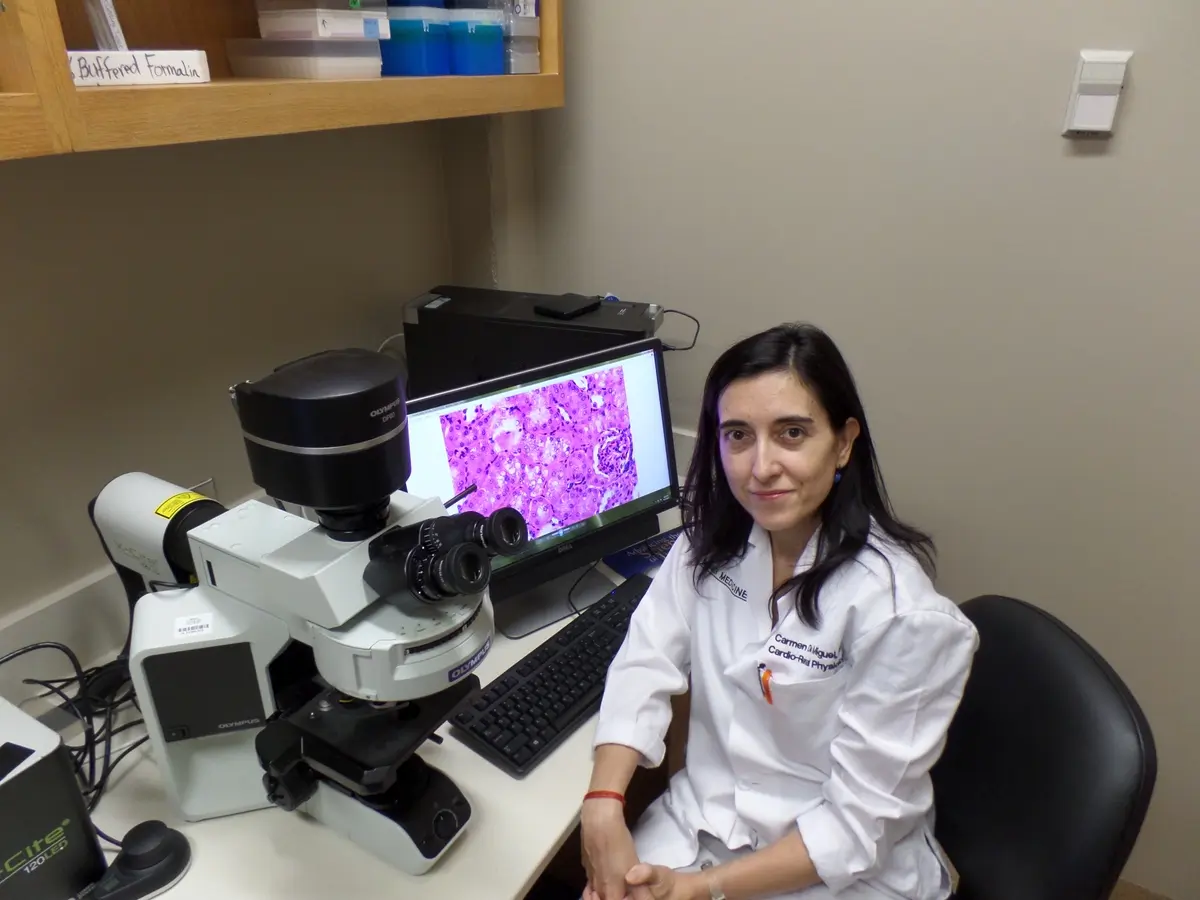DUE TO THE GENEROUS DONATION OF A DONOR, THIS PROJECT IS NOW FULLY FUNDED.
6-Month Project Update
Beta cell replacement therapy is currently the most successful treatment option for end stage Type I diabetes where in islets from cadaveric donors are transplanted into the recipients. But a major proportion of the islets are lost to multiple endogenous factors, critical of them being lack of oxygen supply or Hypoxia to the islets post transplantation as the blood vessel system is not developed leading to insufficient blood flow to the graft and subsequent death of the grafted beta cells. Hypoxia represents an endogenous pathophysiological mechanism underlying cell survival in a variety of diseases and is active during death of grafted beta cells. Degree of success in transplantation is however dependent on knowledge of hypoxic conditions, making beta cells resistant to such conditions or finding mechanisms by which hypoxia can be minimized. In this direction, stem cell derived beta cells provide an unlimited source of beta cells for transplantation as well as provides us a system to study, understand and design better beta cells to overcome hypoxic conditions. In this direction, we are working on designing artificial gene circuits within the stem cell derived beta cells that will respond to hypoxia pathway activation when transplanted in animal models. This designer cell will provide us in depth knowledge to study the mechanisms of hypoxia as well devise strategies to overcome hypoxia mediated cell death and in the long run help us optimize strategies of beta cell transplantation, design of drugs to compensate hypoxia or design beta cell resistant to hypoxia. This work will be helpful to overcome a critical roadblock in beta cell survival by detecting and alleviating acute hypoxic stress during early periods of transplantation. Our lab is one of a handful in the world to successfully generate beta cells from human stem cells, and integrating synthetic gene circuits to manipulate optimal functioning will help design treatment strategies for the future.
Project Description
The loss or dysfunction of insulin-producing cells in the pancreas, called beta cells, is the underlying cause of both T1D and T2D. Treating patients with T1D requires frequent insulin injections that cannot control blood glucose levels as efficiently as insulin-secreting beta cells, which are contained in regions of the pancreas called islets. However, islet transplantation as a treatment option is expensive and in short supply. One of the major limitations in clinically successful beta cell transplantation is inadequate vascularization – the failure to grow new blood vessels that provide oxygen and nutrients to the transplanted cells. This lack of oxygen ultimately leads to beta-cell dysfunction and transplant failure. We have achieved considerable success in growing both human embryonic stem cells (hES) and induced pluripotent stem cells (iPS) into functionally mature beta cells (enriched beta cells, eBCs) in the lab. This has the potential to serve as a renewable source of islet beta cells (Nair et al, Nature, 2019). Our project aims to manipulate the genetic makeup of these stem cell-derived beta cells to keep them functionally active for extended periods of time post-transplantation, providing great potential for replacement therapy. Here, we propose to generate “self-healing” beta cells via synthetic gene circuits making them resistant to injury under low-oxygen (hypoxic) conditions.
We plan to generate a novel hypoxia sensor for visualization of hES-derived cells experiencing hypoxia. The sensor cells contain a fluorescent “reporter” that can sense low oxygen in the cells and generate a signal. Next, we will use a similar approach to express an inhibitor of HIF1, a protein that responds to hypoxia. Human embryonic stem cells carrying these synthetic hypoxia sensors and intervention elements will be differentiated into beta cells with our established protocol. Finally, we plan to test the performance of the hypoxia intervention system during transplantation in mice. We expect that our reprogrammed beta cells will show improvements with regard to insulin secretion and will maintain normal blood glucose levels.
The proposed strategy will help overcome a critical roadblock in beta cell survival by detecting and relieving hypoxic stress during early periods of transplantation. Our lab is one of a handful in the world to successfully generate beta cells from human stem cells, and integrating synthetic gene circuits to manipulate optimal functioning will help design treatment strategies for the future.


